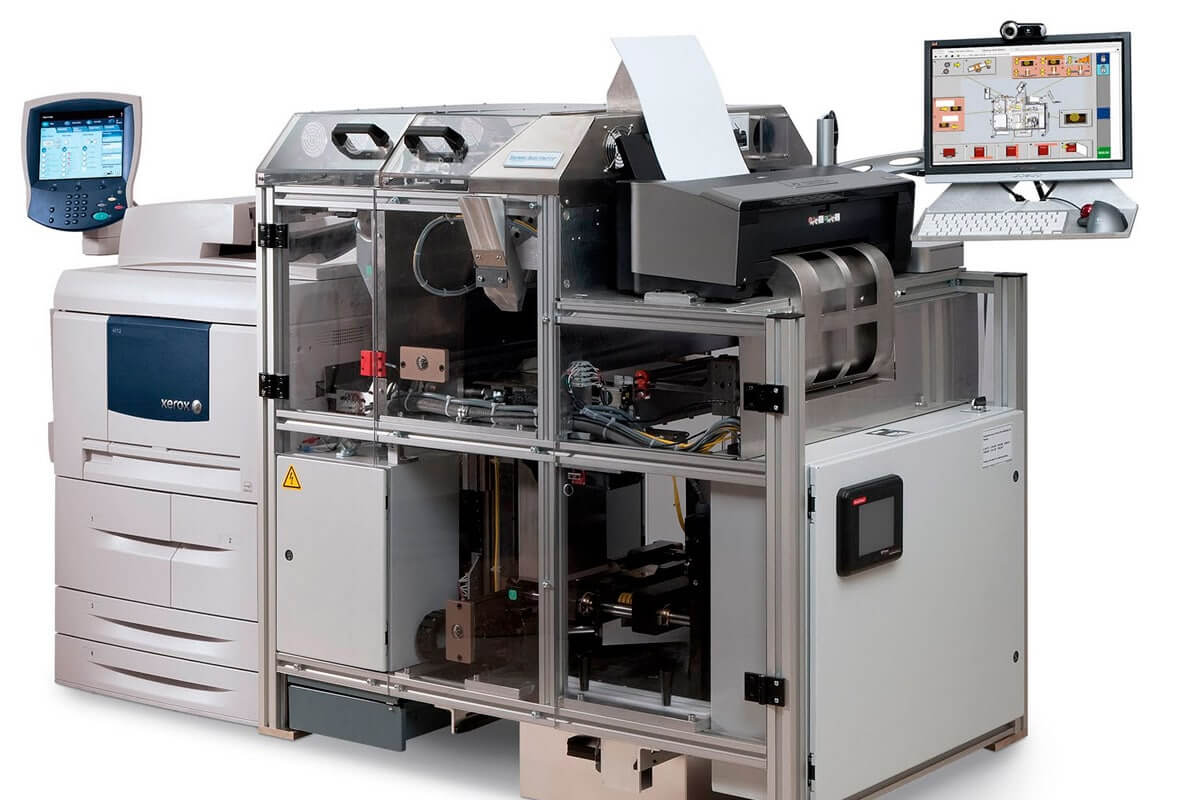With the signs and portents in self-publishing pointing to the eventual closure of CreateSpace, there’s a lot of concern and discussion about what alternatives authors have for their print-on-demand titles. The early warning signs, namely the beta launch of a paperback option in KDP as well as the closure of the CreateSpace e-store which sent all sales over to Amazon, have left authors wondering when the shoe will fall for their print needs.
One often-touted option–largely by authors who are reaching their fed-up points with Amazon–is shifting everything over to Ingram Spark. While there are good reasons to use Ingram Spark, such as if you’re a graphic novelist or a children’s book author, there are costs associated with the company that authors have to be aware of.
First, Ingram Spark charges a per-title setup fee for each the ebook and print edition, which goes to building your author dashboard. You will not use the sales dashboard for the platforms where your book is for sale (unless you’ve opted out of have IS distribute your book to Amazon, in which case you’ll upload it yourself there and use your KDP dashboard).
Next, the company also requires you to purchase a Bowker-issued ISBN number (cost, $125 each for the print number and the ebook number). There are a great many sources that will happily explain why you should be doing this anyway, but many self-published authors are content with the number that Amazon and Smashwords provide for them.
The book must also be uploaded in PDF format, which unfortunately, cannot simply be done with the “save as PDF” option in Word. There’s a possibility that will be sufficient, but to be safe and to ensure your book looks exactly as you want it to, it’s worth having a professional build your PDF.
Finally, Ingram Spark has its own royalty structure. If you upload your print and/or ebook to the various retail channels through their distribution process, they will take a portion of each sale: “Dependent upon wholesale discount, IngramSpark publishers receive 45 – 70% of their list price on print titles sold through the distribution channel, minus manufacturing costs (some markets may vary). Publishers are paid 40% of their list price on e-books sold through e-retailers.”
Now, Ingram Spark does offer things you can’t get from CreateSpace (or its allegedly upcoming counterpart, KDP Paperback), like the option to produce a variety of hardcover titles or use different binding methods. As mentioned before, CreateSpace is not a great option for full-color and highly image-intensive titles. IS will also let you opt out of any markets where you already offer your book for sale; if you do choose to move your ebooks titles to Ingram Spark, you will also lose your reviews on some platforms.
The most compelling reason that many authors have cited for considering Ingram Spark is the vast distribution to both online retail channels and independent bookstores. For many, those are valuable business decisions; remember, however, that without the legwork of contacting independent bookstores and asking them to stock your title (or having a customer genuinely request it from them), the chances of them simply browsing the catalog of hundreds of thousands of available books and deciding to purchase yours aren’t very high.
As a side note, the current pricing calculator for a 200-page book with standard 6×9 trim sizes cost the author nearly $2 more per copy through Ingram Spark due to a handling fee that CreateSpace does not charge. It’s uncertain whether or not KDP Paperback will keep CreateSpace’s pricing structure though.
Mercy Pilkington is a Senior Editor for Good e-Reader. She is also the CEO and founder of a hybrid publishing and consulting company.
